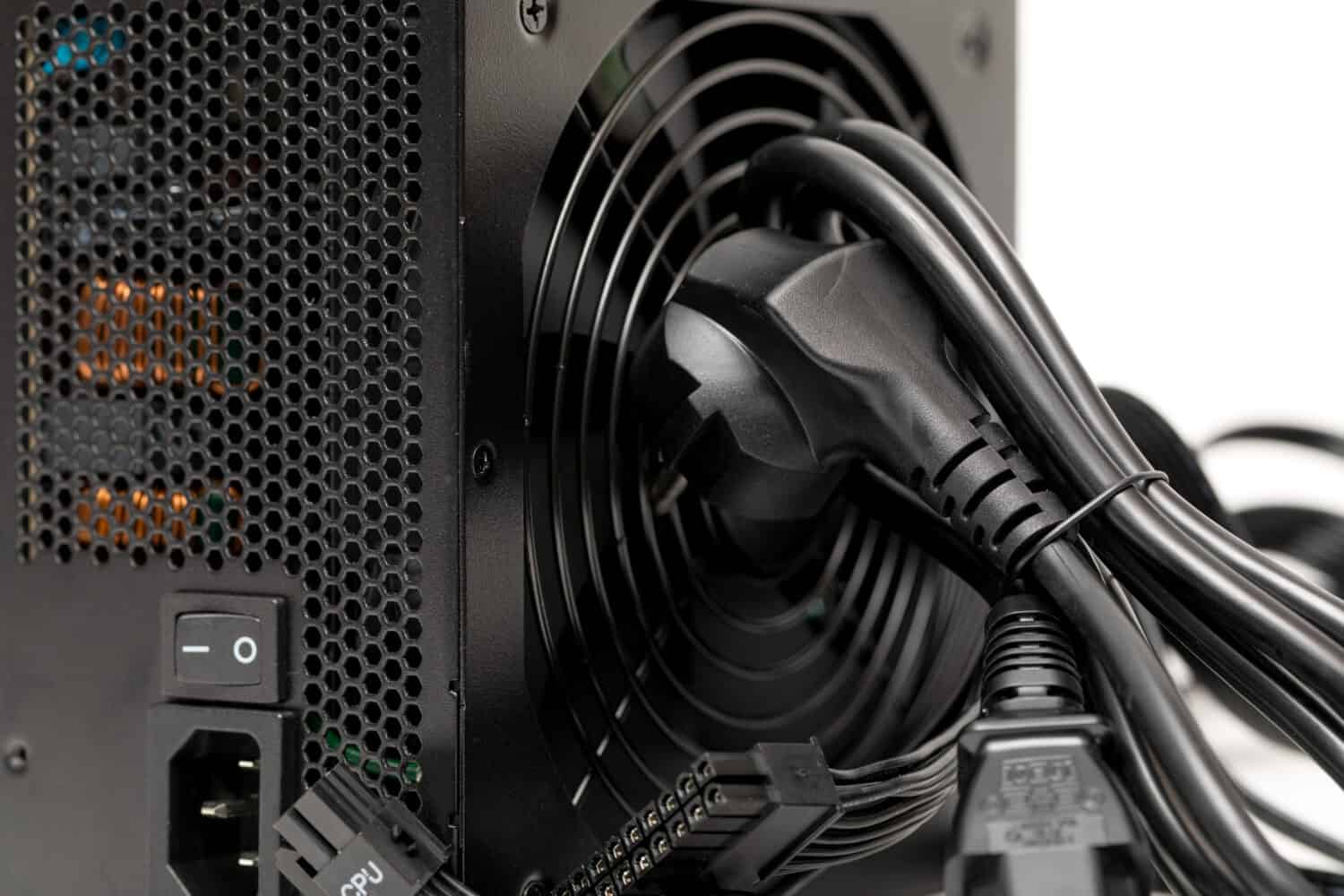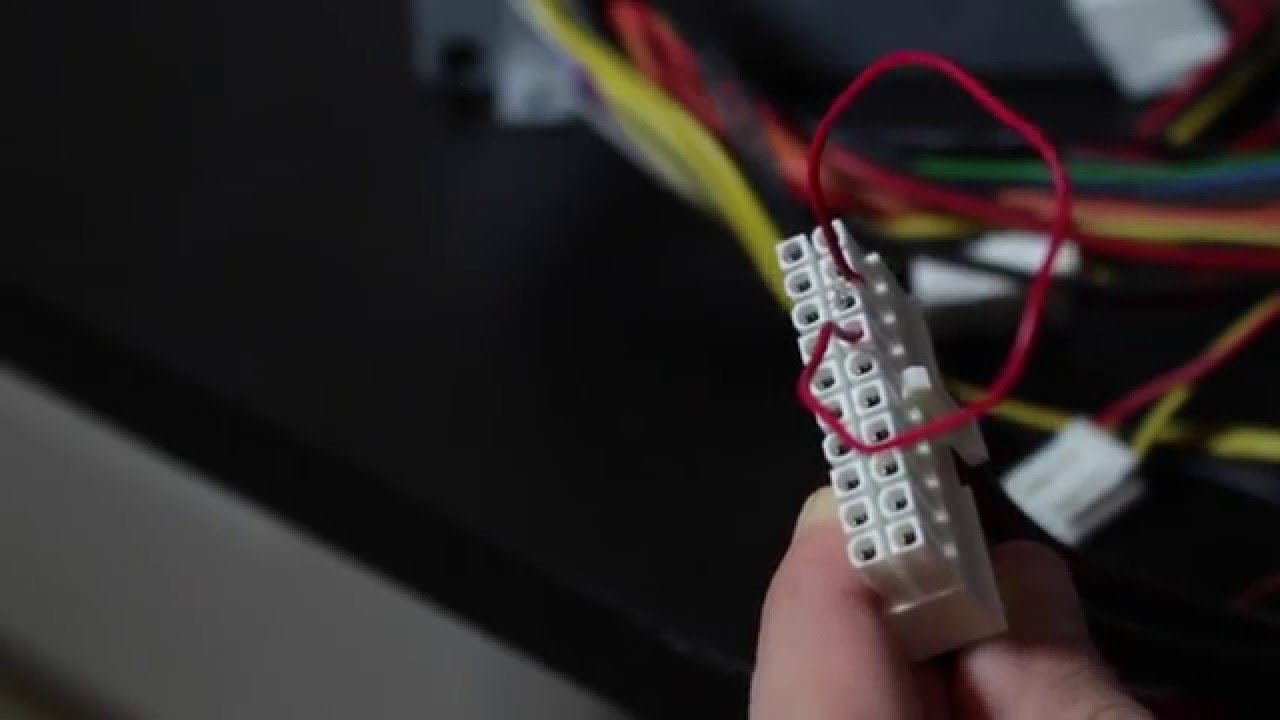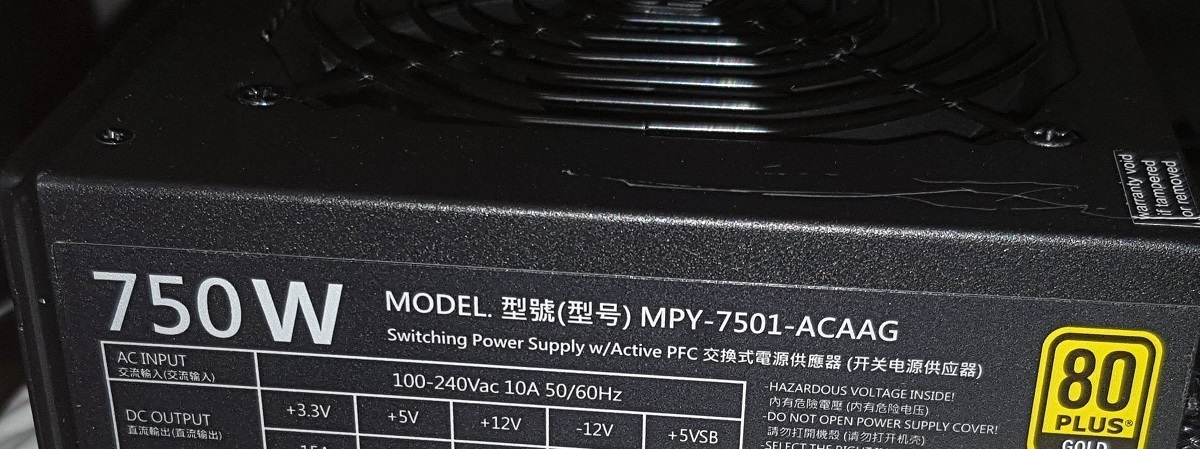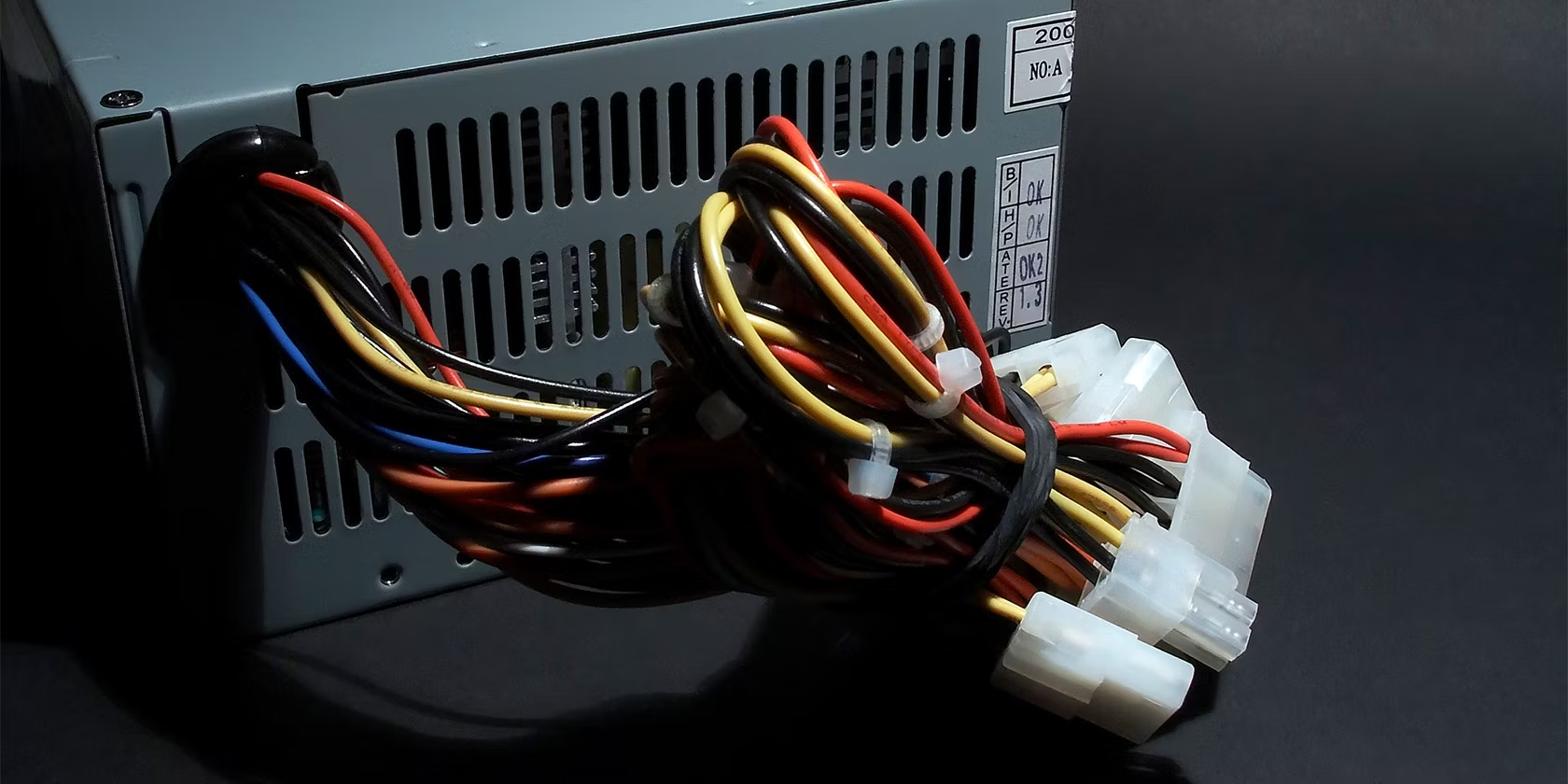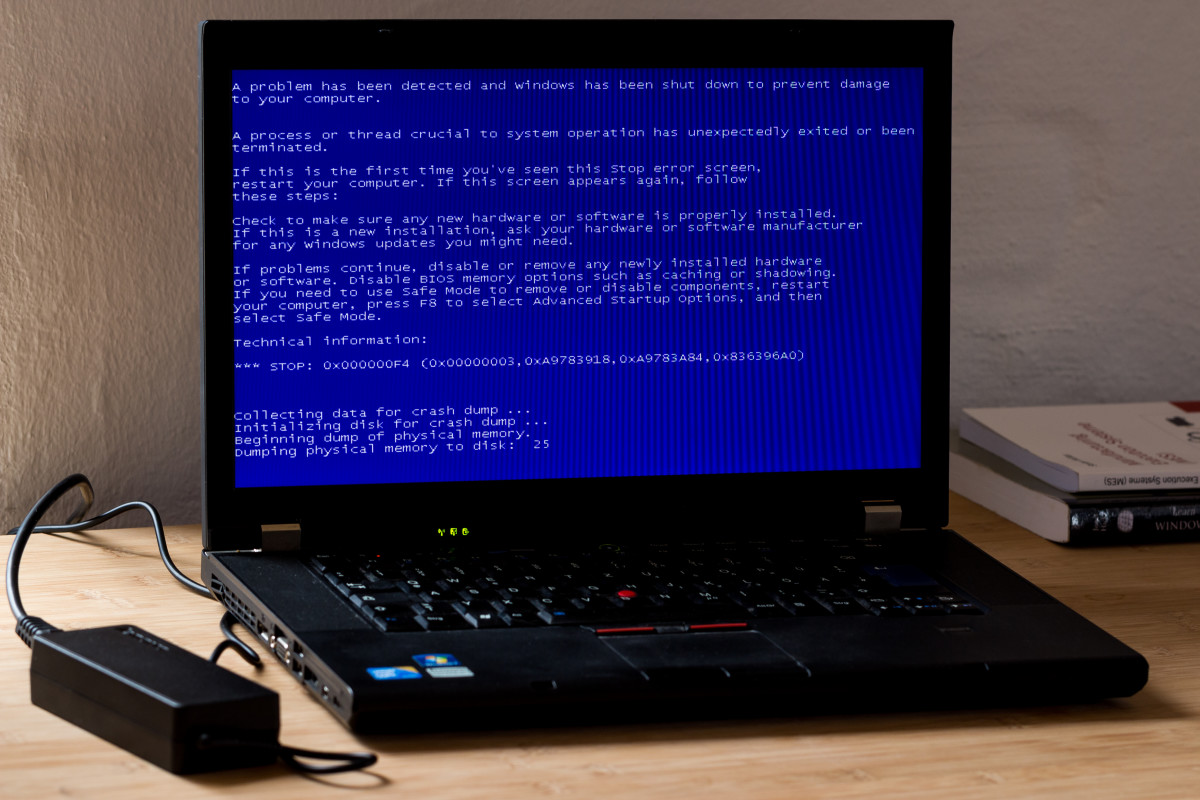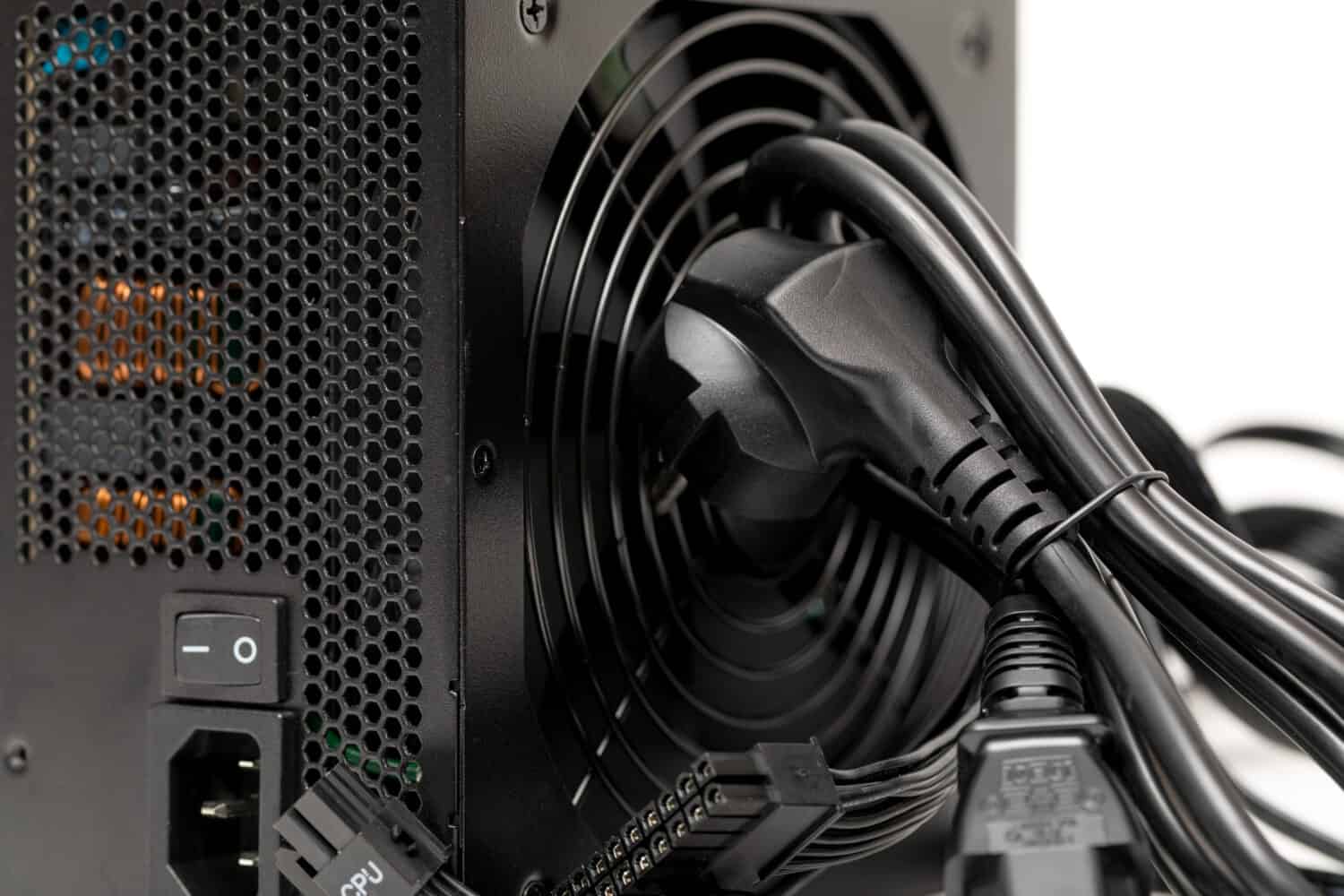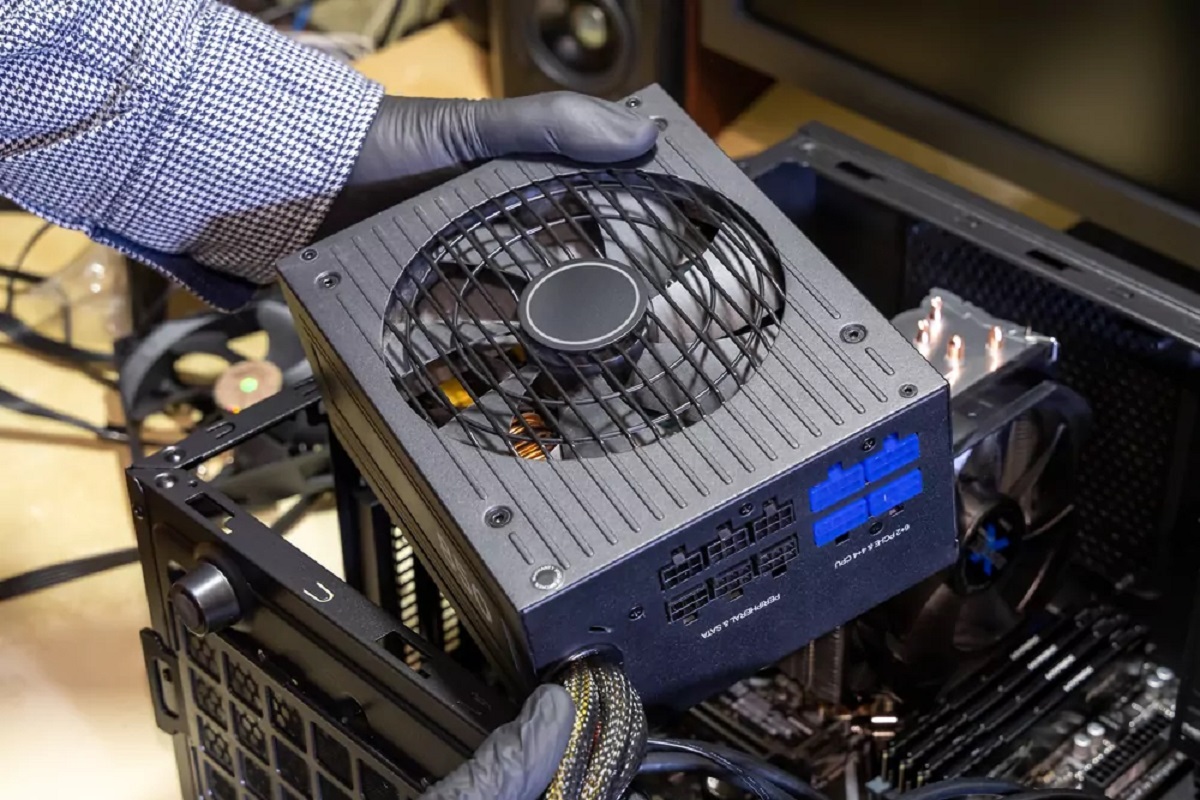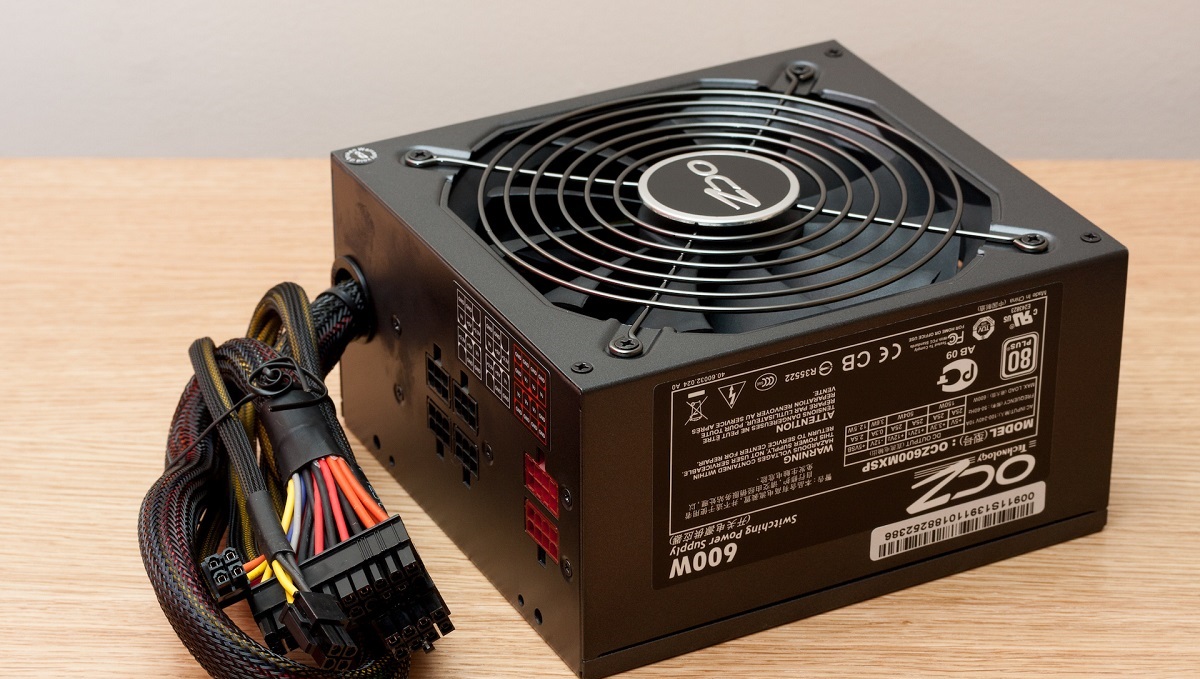Symptoms of PSU Failing
A failing Power Supply Unit (PSU) can cause various issues in a computer system. It is important to be familiar with the symptoms of a failing PSU so that you can take appropriate action to prevent further damage. Here are some common signs that may indicate a PSU failure:
- Random Shutdowns: If your computer shuts down unexpectedly and without any warning, it could be due to a failing PSU. The power supply is responsible for providing stable power to all components, and when it fails, it can cause the system to shut down abruptly.
- Overheating: A faulty PSU can cause overheating issues as it may not be able to supply enough power to the cooling fans and other components. This can lead to the computer overheating and potentially damaging the CPU or other sensitive hardware.
- Strange Noises: Unusual noises coming from the PSU, such as grinding, buzzing, or whining sounds, can indicate internal component failure. These noises should not be ignored, as they could be a sign that the PSU is about to fail completely.
- Intermittent Power Issues: If your computer experiences intermittent power problems, such as flickering lights or unstable power supply, it could be a result of a failing PSU. These issues may occur due to insufficient power delivery or fluctuations in voltage.
- Failure to Boot: When the PSU cannot provide enough power to start the computer, it may fail to boot. You may experience a blank screen, no response from the computer when pressing the power button, or a series of beeps indicating a hardware failure.
It is important to note that while these symptoms may indicate a failing PSU, they can also be caused by other hardware or software issues. Therefore, it is crucial to diagnose the exact cause of the problem to avoid unnecessary repairs or part replacements.
In the next section, we will explore the common causes of PSU failure and how to prevent it from happening.
Causes of PSU Failure
A Power Supply Unit (PSU) can fail for various reasons, leading to potential disruptions and hardware damage. Understanding the common causes of PSU failure can help you take preventive measures to extend the lifespan of your PSU. Here are some common factors that can contribute to PSU failure:
- Overloading: One of the main causes of PSU failure is overloading. This occurs when the PSU is continuously providing power beyond its capacity, leading to excessive heat buildup and potential component failure. Overloading can happen when you add high-powered devices or upgrade your system without considering the PSU’s wattage.
- Power Surges: Electrical power surges can occur due to lightning strikes, faulty wiring, or sudden spikes in voltage from the power grid. These surges can overwhelm the PSU and cause damage to its sensitive components. It is crucial to use a surge protector or an uninterruptible power supply (UPS) to safeguard your PSU against power surges.
- Poor Quality Components: Purchasing a low-quality PSU with subpar components may save you money upfront but can lead to premature failure. Cheaply made PSUs often have inferior capacitors, inadequate cooling, and insufficient power regulation, all of which can contribute to early failure.
- Dust and Heat: A buildup of dust and inadequate cooling can put a strain on the PSU, leading to overheating. Over time, the accumulated dust can clog the PSU’s fan and reduce its efficiency. Excessive heat can degrade the internal components and shorten the PSU’s lifespan. Regularly cleaning the PSU and ensuring proper airflow inside the system can help prevent heat-related failures.
- Age: Like any other component, PSUs have a limited lifespan. As a PSU ages, its capacitors and other internal components deteriorate, making it more prone to failure. It is recommended to replace your PSU every 5-7 years, depending on usage and quality.
By being mindful of these causes, you can take steps to mitigate potential risks and ensure the longevity of your PSU. In the next section, we will discuss the common problems that can arise from PSU failure and how to identify them.
Common Problems Caused by PSU Failure
A failing Power Supply Unit (PSU) can lead to various problems within a computer system. It is essential to be aware of these issues to identify a failed PSU and take appropriate action. Here are some common problems that can occur as a result of PSU failure:
- System Instabilities: A failing PSU can cause frequent system crashes, freezes, and random reboots. These instabilities can disrupt your work, cause data loss, and impact overall system performance. If you notice consistent and unexplained system issues, PSU failure could be the culprit.
- Damaged Hardware: Inadequate power supply from a failing PSU can damage other hardware components. The fluctuating or insufficient power can cause voltage spikes, which can harm sensitive components like the motherboard, CPU, RAM, and hard drives. This can result in permanent hardware damage or data corruption.
- Data Loss: Sudden power supply disruptions caused by a failing PSU can lead to data loss or corruption. Inadequate power during read or write operations can cause file system errors, making data inaccessible or unusable. It is crucial to have proper data backup measures in place to prevent permanent data loss.
- Failed Peripheral Devices: A failing PSU can cause connected peripheral devices, such as external hard drives, graphics cards, or USB devices, to malfunction or stop working altogether. Insufficient power delivery can result in device disconnection, reduced performance, or failure to operate as intended.
- Unreliable Booting: A PSU that is on the brink of failure may cause issues with the booting process. You may experience prolonged boot times, the system failing to start, or being stuck in a boot loop. These issues can significantly impact productivity and system usability.
It’s important to note that while these problems may arise due to PSU failure, they can also be caused by other hardware or software issues. Proper diagnosis and troubleshooting are necessary to determine the root cause of the problems and to take the appropriate steps for resolution.
In the next section, we will discuss how to diagnose a failing PSU and the steps to replace it if necessary.
How to Diagnose a Failing PSU
Diagnosing a failing Power Supply Unit (PSU) is crucial to identify the cause of system problems and take appropriate action. Here are some steps you can follow to diagnose a failing PSU:
- Check for Power Issues: Ensure that the power cord is securely connected to both the PSU and the wall outlet. Verify that the power outlet is functioning correctly by testing it with another device. If there is no power to the computer or inconsistent power supply, it could indicate a failing PSU.
- Observe System Behavior: Pay attention to any unusual behavior or error messages on your computer. If you notice frequent system crashes, random reboots, or freezing, it could be a sign of PSU failure. Additionally, devices connected to the computer may become unresponsive or exhibit intermittent issues.
- Listen for Abnormal Noises: A failing PSU may produce unusual noises such as grinding, buzzing, or whining sounds. These noises can indicate internal component failure and should not be ignored. If you hear any strange sounds coming from the PSU, it is likely time for a replacement.
- Use a PSU Tester: A PSU tester is a dedicated device that can assess the functionality of a PSU. It allows you to check the voltage levels and ensure that the PSU is delivering stable power to the system. PSU testers are simple to use and provide a quick assessment of the PSU’s health.
- Observe Heat and Burning Smells: Excessive heat coming from the PSU or a burning smell could be indicative of a failing PSU. Overheating can lead to internal component failure, and a burning smell suggests that the PSU’s electrical components may be damaged. If you detect these signs, it is essential to replace the PSU as soon as possible.
When diagnosing a failing PSU, it’s important to note that these symptoms can also be caused by other hardware or software issues. Therefore, it is recommended to consult a professional or a trusted technician to accurately diagnose the problem and determine if the PSU needs replacement.
In the next section, we will guide you through the steps to replace a failing PSU properly.
Steps to Replace a Failing PSU
If you’ve diagnosed a failing Power Supply Unit (PSU) and determined that it needs to be replaced, follow these steps to ensure a successful PSU replacement:
- Gather Necessary Tools: Prepare the tools required for the replacement, including a new PSU, a screwdriver, and cable ties. Ensure that the replacement PSU has the appropriate wattage and connectors to support your system’s components.
- Power Down and Disconnect: Shut down your computer and unplug it from the power outlet. Disconnect all peripheral devices, including the monitor, keyboard, and mouse. Remove the side panel of your computer case to access the internal components.
- Identify and Disconnect Cables: Take note of the existing connections from the PSU to components such as the motherboard, GPU, and storage devices. Carefully disconnect the cables from the PSU, ensuring that you don’t forcefully pull or damage them.
- Remove the Old PSU: Locate the screws securing the old PSU to the computer case. Use a screwdriver to carefully remove these screws. Take note of the PSU’s orientation and position inside the case for proper alignment of the replacement PSU.
- Install the New PSU: Position the new PSU in the same orientation as the old one and align it with the screw holes in the case. Secure the new PSU in place by tightening the screws. Ensure it is firmly fixed to avoid any vibration or movement.
- Connect Cables to the New PSU: Begin connecting the cables from the components to the new PSU. Refer to the labels on the cables and the PSU itself to ensure proper connections. Take care not to force any connections and double-check that all cables are firmly plugged in.
- Organize Cables and Close the Case: Use cable ties or similar tools to neatly organize the cables and prevent them from obstructing the airflow inside the case. Once the cables are organized, close the side panel of the computer case and ensure all screws are securely fastened.
- Reconnect and Power On: Plug in your computer and reconnect the peripheral devices. Double-check that all connections are secure before powering on the computer. Once everything is ready, press the power button to start your computer and verify that the new PSU is functioning correctly.
It is important to follow these steps carefully to ensure a smooth and successful PSU replacement. If you are unsure about any step or encounter difficulties during the process, it is recommended to seek assistance from a professional or a knowledgeable technician.
In the next section, we will provide some useful tips to prevent PSU failure in the future.
Tips to Prevent PSU Failure
Preventing Power Supply Unit (PSU) failure is important to maintain the stability and longevity of your computer system. By following these tips, you can minimize the risk of PSU failure and ensure optimal performance:
- Invest in a Quality PSU: Purchase a high-quality PSU from a reputable manufacturer. A reliable PSU with solid construction and good component quality is less likely to fail prematurely.
- Right Size for Your System: Choose a PSU with the appropriate wattage for your system’s needs. An oversized PSU can lead to inefficiency, while an undersized PSU can cause overheating and potential failure.
- Use Surge Protectors or UPS: Protect your PSU from power surges by using surge protectors or uninterruptible power supplies (UPS). These devices can prevent sudden voltage spikes and fluctuations from reaching your PSU.
- Maintain Proper Airflow: Ensure that your computer case has proper ventilation and airflow. Clean the dust filters regularly, and keep your system free from excessive dust buildup, as it can obstruct airflow and lead to overheating.
- Avoid Overloading: Be cautious when adding new components or upgrading your system. Calculate the power requirements and ensure that your PSU can handle the extra load. Overloading your PSU can lead to instability and premature failure.
- Regular Cleaning: Clean your PSU and other components periodically to remove dust and debris. Use a can of compressed air or a soft brush to clean the PSU’s fan and vents. A clean PSU operates more efficiently and cooler.
- Keep Ambient Temperatures in Check: Ensure that your computer operates in a well-ventilated and cool environment. Avoid placing your system in direct sunlight or near heat-generating devices, as excessive heat can shorten the lifespan of the PSU.
- Perform Regular Maintenance: Regularly check the PSU’s fan for any signs of wear or malfunction. Replace the fan if necessary. Additionally, monitor the PSU’s voltages and temperatures using software utilities to detect any abnormalities.
By implementing these tips, you can significantly reduce the likelihood of PSU failure and ensure the reliable operation of your computer system. Prevention is key when it comes to maintaining the health and longevity of your PSU.
In the final section, we will summarize the important points discussed and conclude the article.
Conclusion
A failing Power Supply Unit (PSU) can cause a range of problems in a computer system, from random shutdowns and overheating to damaged hardware and data loss. By recognizing the symptoms of PSU failure, understanding the common causes, and knowing how to diagnose and replace a failing PSU, you can effectively address these issues and restore the performance and reliability of your computer.
To prevent PSU failure, it is essential to invest in a quality PSU that meets your system’s power requirements. Additionally, using surge protectors or uninterruptible power supplies (UPS), maintaining proper airflow and cleanliness, avoiding overloading, and monitoring the PSU’s health can help prolong its lifespan and reduce the risk of failure.
Remember to follow proper procedures when diagnosing and replacing a failing PSU, and seek professional guidance if needed. By taking proactive measures to prevent PSU failure and promptly addressing any issues, you can ensure the stability, longevity, and optimal performance of your computer system for years to come.
By following these guidelines and staying vigilant, you can keep your computer running smoothly and avoid the frustration and inconvenience associated with a failing PSU.







